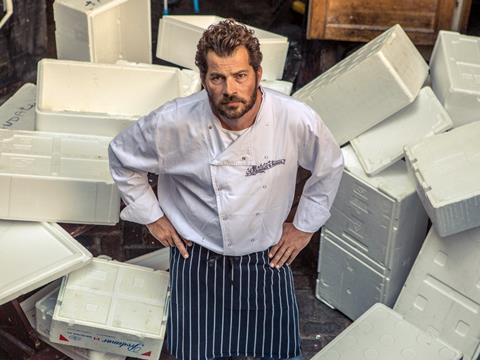
A call to end ‘the scourge of Soho’ landed on London mayor Sadiq Khan’s doormat yesterday. Signed by five influential signatories, the stirring prose demanded a ban on the ‘unsightly’ and ‘damaging’ blight to the cosmopolitan capital.
But their outrage isn’t at what you might expect in London’s notorious red light district. It’s the piles of polystyrene delivered to Soho’s many restaurants and food outlets that have angered the letter’s foodie signatories. These include chefs Ed Baines, Mark Hix and – fresh from a pile of wonky parsnips – Hugh Fearnley-Whittingstall.
This “white foamy material might seem harmless”, they write, but the truck loads used to pack the ingredients for Baines’ West Country Bouillabaisse or Hix’s braised cuttlefish aren’t biodegradable or easily recyclable. The “excessive” packaging is “spilling out” of their kitchens and on to Soho’s streets, claim the restaurateurs, creating a poor first impression that’ll hardly help Baines secure his first Michelin star.
And though the tidying troubles of rich chefs shouldn’t necessarily catch Khan’s attention, the broader environmental damage of polystyrene – and many other forms of non-biodegradable packaging – really should. Polystyrene alone clogs oceans, streams and rivers, absorbing toxic pollutants before being ingested by the same fish served up to us in restaurants across the UK.
Takeaway coffee cups (80 billion of which are thrown out each year) and the surge in home delivery have all added to our packaging woes, though unsurprisingly the plight hasn’t quite captured the public attention to the same extent as food waste. A wonky carrot is a more kitsch item to have in our cupboards than an eco-friendly cardboard box, after all.
Luckily, some emerging alternatives have a better chance of piquing public interest. This week, US scientists are set to present a ‘ground-breaking’ material that could one day rival the biggest packaging villain of all, plastic. Made from milk proteins to produce a consistency not far off clingfilm, the casing could be used to replace single-serve wrappers on foods like cheese, say the creators. Biodegradable, sustainable and – best of all for a headline or two – edible, the new casein packaging could be on supermarket shelves within three years.
Edible packaging may not be a long-term solution. After all, wouldn’t we need a second outer pack to keep germs off the first pack? But at least it adds some novelty to, let’s face it, a very important but all too often incredibly dry environmental problem.
And if Baines and co posing in a pile of polystyrene can lift the profile of packaging and its eco-impact any further then I’m all for it. Even if London’s mayor does push it to the bottom of his rather large to-do pile for now.



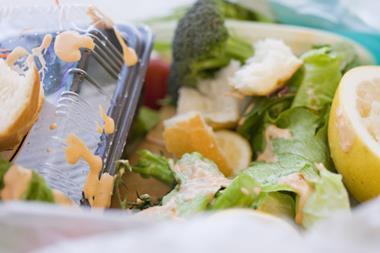


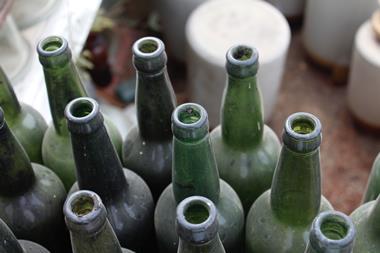
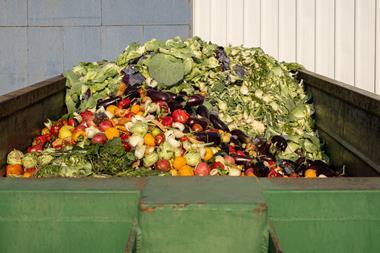
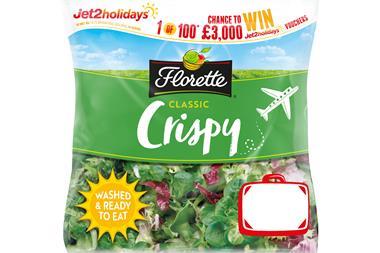
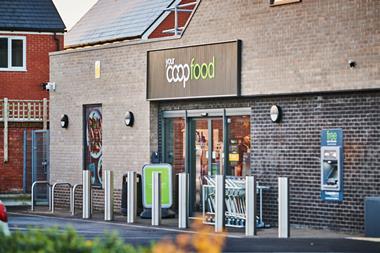


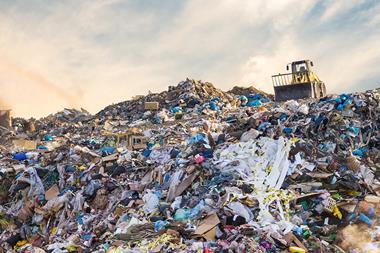

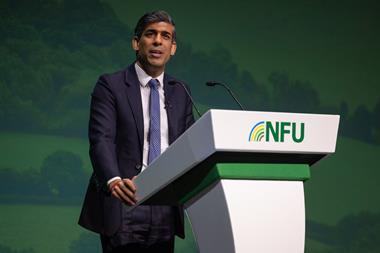
No comments yet